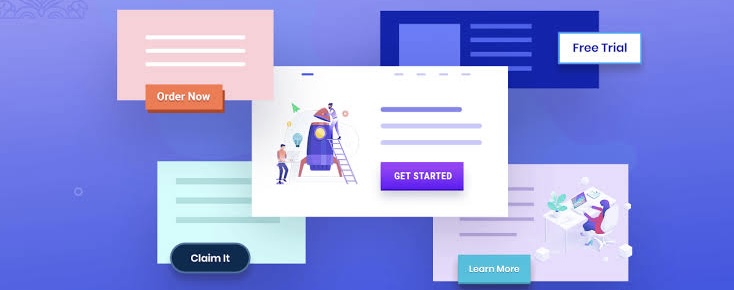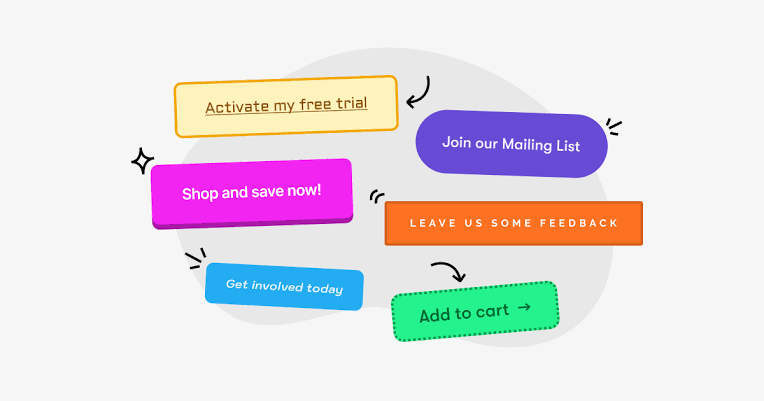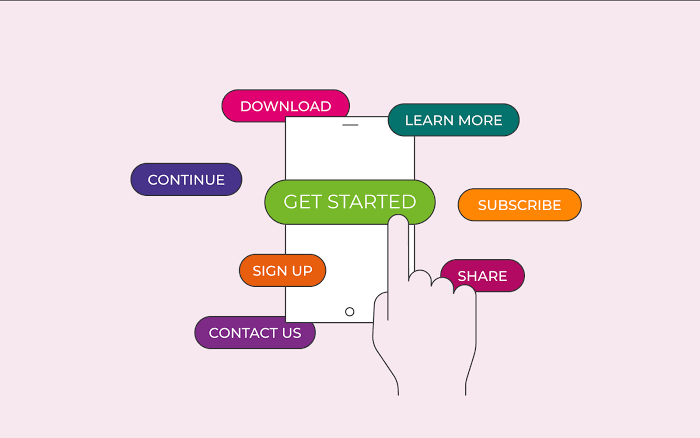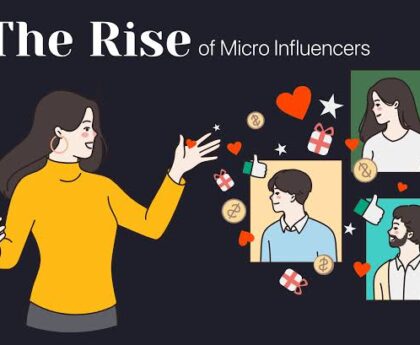
Your Call To Action Is Boring—Here’s How To Wake It Up
Drive conversion rates with powerful call to action strategies, CTA examples, and effective CTAs that boost user engagement and results.
Table of Contents
- Introduction: Why Your Call to Action Isn’t Working
- What Makes a Call to Action Effective?
- Types of CTAs That Actually Convert
- Writing Call to Action Copy That Drives Clicks
- Call to Action Design, Placement, and Testing Tips
- Conclusion: It’s Time to Act with Impact
Introduction: Why Your Call To Action Isn’t Working

You’ve crafted engaging content, optimised your visuals, and built a stunning landing page—but your conversion rate is still flatlining. Why? The culprit is often hiding in plain sight: your call to action.
The truth is, your CTA isn’t just a button—it’s the bridge between your content and conversions. Whether it’s effective CTAs on email newsletters or CTA examples embedded in landing pages, a well-constructed call to action can make or break your success.
What Makes A Call To Action Effective?
An effective call to action isn’t just text—it’s psychological persuasion. Your CTA must spark immediate interest and offer value. A few characteristics of a high-converting CTA include:
- Clarity: Users should know exactly what they’re getting.
- Urgency: Limited time offers or action-based language creates FOMO.
- Benefit-Driven Copy: Focus on what the user gains, not what you want.
When writing how to write a compelling call to action, it’s critical to use concise, action-focused language. Think “Download Your Free Guide” instead of “Click Here.” The former conveys value; the latter is generic.
Types Of CTAs That Actually Convert
Let’s break down the most popular CTA formats used in digital campaigns:
1. Lead Generation CTAs
Used on blogs and pop-ups, these typically offer a lead magnet in exchange for user info. Some examples of high-converting CTAs include:
- “Grab Your Free E-book Now”
- “Start Your Free Trial Today”
2. Sales-Driven CTAs
Used in product pages or email marketing:
- “Buy Now & Save 20%”
- “Claim Your Offer Before Midnight”
3. Social Sharing CTAs
Encourages users to spread your content:
- “Share This With Your Team”
- “Inspire Others—Tweet This Insight”
Each of these falls under broader call to action strategies for higher conversions, especially when personalised and visually optimised.
Writing Call To Action Copy That Drives Clicks
Here’s where most brands fail—they underestimate the power of words. Your CTA copy needs to feel like a no-brainer to click. Here are a few tips:
- Use action verbs: Get, Discover, Claim, Learn.
- Create curiosity: “Find Out Why Marketers Love This Tool.”
- Speak to emotion: “Feel Confident in Your Next Move.”
When you optimise for conversion rate, don’t overcomplicate the copy. Keep it direct, powerful, and enticing. It’s also smart to A/B test your wording to see which ones get better traction.
The best CTAs for landing pages increase click-through rates by 40% simply by switching the verb tense or adding urgency cues.
Call To Action Design, Placement, & Testing Tips
Words matter—but so does where and how they appear. Here’s how to boost your call to action’s performance even further:
Design Tips:
- Use contrasting colors that grab attention.
- Make the button size appropriate—not too small to miss or too large to be annoying.
Placement Ideas:
- Above the fold (where users first land).
- End of blogs or emails.
- Exit-intent pop-ups.
Testing is Key:
- A/B test effective CTAs with different wording, color, or placement.
- Analyse metrics like CTR, bounce rate, and conversion rate.
Remember, testing your CTA is part of sustainable marketing strategies that scale over time.
Conclusion: It’s Time To Act With Impact
Here’s the reality: no matter how great your content is, without a compelling call to action, you’re not guiding your audience toward the next step. The difference between mediocre engagement and exceptional conversions lies in a well-crafted CTA that’s visually enticing, psychologically persuasive, and value-driven.
Whether you’re aiming to improve website conversions with better CTAs or implement call to action tips for digital marketing, the strategy is clear—act with purpose, test relentlessly, and speak directly to user intent.





